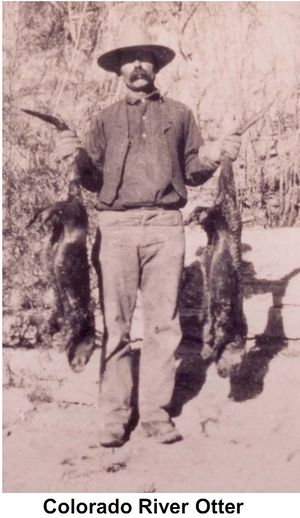Difference between revisions of "EXTIRPATED"
From Glen Canyon Dam AMP
(test) |
(fix) |
||
| Line 70: | Line 70: | ||
{| class = "sortable" | border="1" cellpadding="0" style="border-collapse: collapse; font-size:90%" | {| class = "sortable" | border="1" cellpadding="0" style="border-collapse: collapse; font-size:90%" | ||
|- bgcolor="lightgreen" align="center" | |- bgcolor="lightgreen" align="center" | ||
| − | | width="325" | ''' | + | | width="325" | '''NAME''' |
| − | | width="52" | ''' | + | | width="52" | '''AUDIO''' |
| − | | width="50" | ''' | + | | width="50" | '''SCRIPT''' |
| width="130" | '''LINK''' | | width="130" | '''LINK''' | ||
| − | | width="275" | ''' | + | | width="275" | '''IMAGE''' |
|- style="vertical-align: top; text-align: left;" | |- style="vertical-align: top; text-align: left;" | ||
| Basin Fund | | Basin Fund | ||
Revision as of 14:55, 19 April 2013
|
|
A number of plants and animals that were once native to Grand Canyon can no longer be found within its' boundaries. Native plants and animals that are no longer present in a place that was once their home are called extirpated species. The Glen Canyon Dam Adaptive Management Program has a goal to restore populations of extirpated species, to the extent feasible and advisable.
|
| TBD (Motions) |
TBD (TBD) |
TBD (TBD) |
|---|
|
|

